The death of an Iranian journalist who reportedly had a heart attack after his rent increased made headlines of many newspapers. Fereydoon Bahrami, a veteran member of the editorial team at Hamshahri, was said to have been in good health but died suddenly shortly after his landlord informed him his rent would be put up several times over, putting him and his family under severe financial, even existential strain.
In a country where the average rate of economic growth is exactly zero, families who not so long ago were considered middle class are now unable to afford even the most basic necessities. Some told IranWire that they have replaced meat with soya, do not go to weddings for fear of having to buy gifts, and can barely meet their monthly overheads.
Another piece of shocking news reported on June 15 by Etemad newspaper began: “Warning [issued] of the effects of high food prices on the quality of nutrition in hospitals, the president of a private hospital in northern Tehran predicted that, in the coming weeks, provision of hot meals, especially meals with protein, to hospitalized patients would become impossible in many treatment centers, private or state-run.” The report went on to say that prisons and military barracks are facing the same prospect.
“We Couldn’t Afford One Lasagne”
“It’s very hard, terrifying, to think what’s going to happen tomorrow,” Parastoo, the mother of a 13-year-old boy and wife of a paint shop owner in Tehran’s southern neighborhood of Nazi Abad, told IranWire. “Will we be even able to survive, especially with my husband self-employed? We have insurance and we always paid the premium two weeks early, but now we’ve had to put it back two weeks.”
A fruit seller close to Tehran’s Fatemi Square said people had change their consumption habits: “They mostly buy watermelons because they cannot afford other kinds of fruit.”
Another homemaker said: “We only buy things that are absolutely necessary. My son goes to college this year and we’ll have to sell some of our house stuff to buy him a computer.”
Mohsen, a technician who works for state radio, told IranWire his family’s main food staple was now rice. “We always used to buy Iranian rice but now, no matter how I cut it, I can’t afford it.” He added that he could no longer fulfil even a simple wish from his 10-year-old son: “Toward the end of last month, he said he fancied lasagna. No matter how we calculated it, we saw one meal of lasagna would cost us 300,000 tomans [US$9.4, a lot of money in Iran where average wages stand at around $151 a month]. We didn’t have that kind of money. We just made excuses until they deposited my salary.”
Pressed on how this could be, Mohsen breaks down the cost of lasagna ingredients: “Just think about it. A 500g pack of cheese costs 110,000 tomans. A package of lasagna sheets is 35,000 tomans and a kilo of mushrooms costs 36,000 tomans. A kilo of ground meat, a mixture of calf and lamb meat, with a discount, is 160,000 tomans. And forget about the cost of cooking oil, sauce and other items. My monthly salary and overtime pay comes to somewhere between seven and eight million tomans [$220-251]. Is it fair that I spend 300,000 on one meal?”
As it is, Mohsen says, for his 60m2 living quarters in eastern Tehran he paid 100 million tomans in advance and pays three million monthly rent. Last week the landlord increased the rent to 4.5 million. “After I pay the rent I have to live for the rest of the month on three to 3.5 million tomans [$94-110] for everything, from food and clothes to doctors and entertainment.” He pauses. “Entertainment! We gave up entertainment a long time ago.”
The Moribund Iranian Economy
According to figures from the National Organization for Civil Registration, heart disorders of all forms have increased in Iran over the past few years. Stress is believed to be one of the principal causes, which was assumed to be in the case of Fereydoon Bahrami, as well as bad nutrition and in some cases, undernourishment.
Pezhman Mousavi, a member of the Iranian Association of Journalists, recently wrote in despair on his Instagram page: “Gentlemen [addressed to government officials]: people have nothing! Gentlemen: people are worried! You have made everything expensive. Can’t you stabilize the prices now you have made everything expensive? How come everything is becoming more expensive by the day? Why pit everybody against everybody else?”
Protests over high prices have spilled over into the Iranian legislature as well. On June 12, in the first session of parliament after a two-week recess, some MPs publicly attacked President Ebrahim Raisi and his administration over the uncontrolled, continuing rise in the cost of basic commodities.
Another side effect of the breakneck inflation speed has been an increase in the number of petty thefts. According to a high-level judiciary official responsible for crime prevention, “in the year 1388 [March 21, 2009-March 20, 2010] just 200,000 thefts were reported. But last year this reached 1.4 million.” In other words, the number of reported thefts alone increased sevenfold in 12 years.
“Everything is Gone!”
Mona lived in Tehran for many years. But seven years ago her husband lost his job in the capital, so they moved to the northern province of Gilan to start anew. There, too, business was bad; they lost the capital they had invested and now, Mona gets by selling handicrafts. “Every summer I used to register my daughter at a summer school in our little town, so I could work at home,” she told IranWire, ”but this year I told her she’d have to stay at home, because my income is just enough to pay rent and put food on the table. I can’t cover anything else.”
She went on: “The landlord has doubled the rent to three million tomans a month. Right now, my husband has no income. I’m not the only one in this situation; many people I know have stopped sending their children for tutoring and are waiting to see what will happen in the next few months. I just try to save enough to pay the rent.”
The jump in rents and housing prices, especially in big cities, has put an enormous pressure on many Iranian families and Raisi’s administration, like its predecessors, has been unable to regulate the housing market.
Other business owners are feeling similarly insecure: “Up until now,” the owner of a chicken farm said, “things have been going alright, but soon a lot will change. This month each kilo of poultry [raised] will cost me 50,000 to 60,000 tomans, and the customers 80,000. I fear the last two months of summer are going to be horrible.”
visit the accountability section
In this section of Iran Wire, you can contact the officials and launch your campaign for various problems




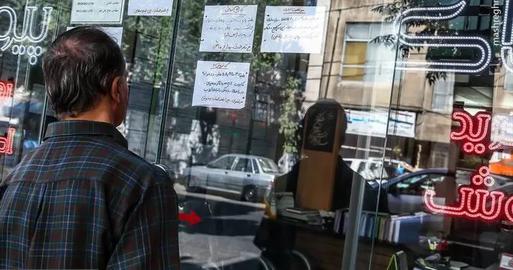
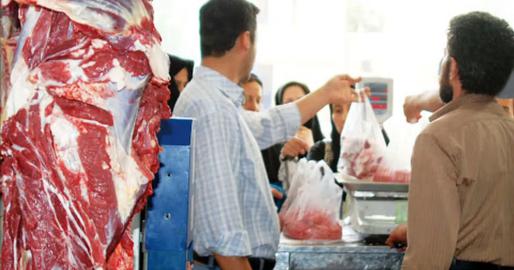
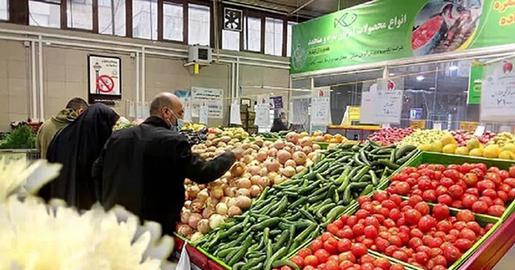

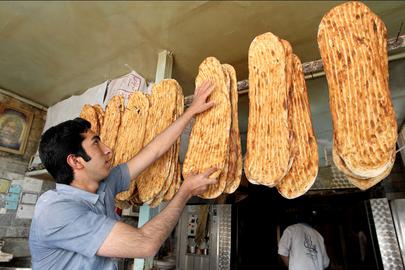

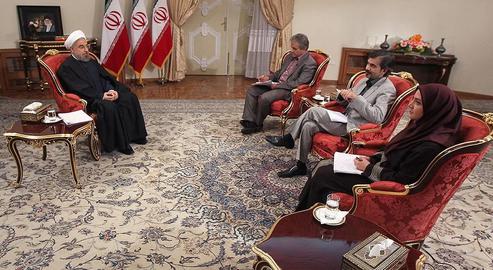












comments